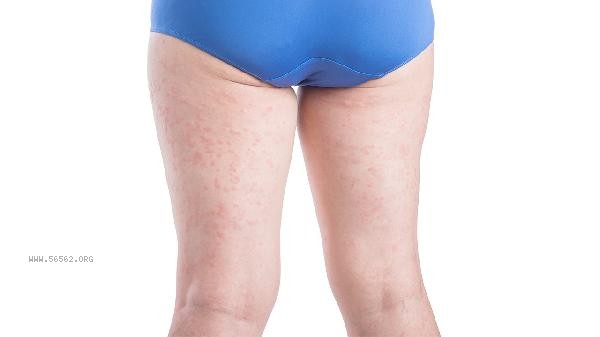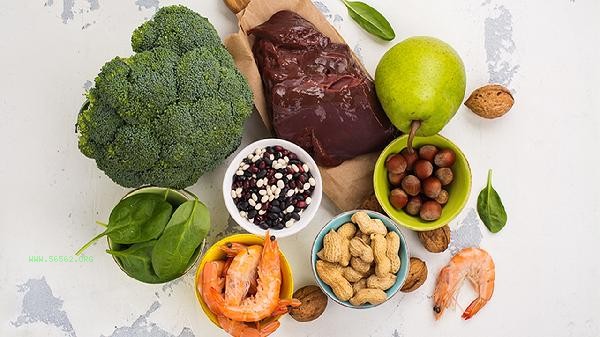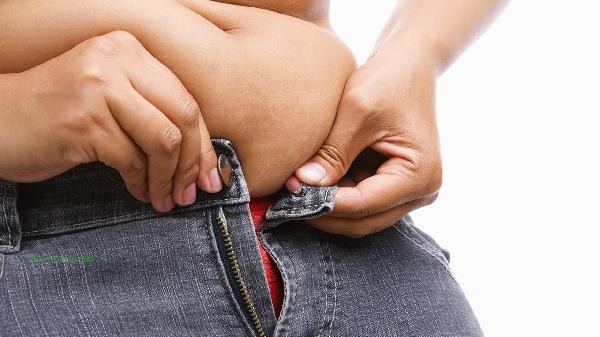For weight loss in the thighs and buttocks, it is recommended to achieve it through systemic weight loss combined with local shaping training. The main methods include adjusting dietary structure, aerobic exercise, strength training, improving lifestyle habits, and medical assisted weight loss.

1. Adjusting dietary structure
Controlling daily total calorie intake is the foundation of weight loss. It is recommended to reduce refined carbohydrates and high-fat foods, and increase the intake of high-quality protein and dietary fiber. High quality protein products such as chicken breast, fish, and soy products help maintain basal metabolic rate, while dietary fiber rich foods like broccoli and oats can enhance satiety. Avoid high sugar beverages and fried foods, and adopt a small and frequent meal pattern to stabilize blood sugar levels.
2. Aerobic Exercise
Engaging in 4-5 low-intensity aerobic exercises per week, such as jogging, swimming, skipping rope, etc., lasting for more than 30 minutes each time, can effectively burn fat. For those with obvious fat accumulation in the thighs and buttocks, aerobic methods that focus on lower limb exertion such as climbing stairs and elliptical machines can be tried. Maintaining a heart rate within the range of 60% -70% of maximum heart rate during exercise can ensure both weight loss efficiency and prevent muscle loss.
3. Strength Training
Resistance training for hip and leg muscle groups can improve local metabolic activity. It is recommended to perform compound movements such as squats, lunges, and buttock bridges three times a week, with 4-5 movements selected each time, and 12-15 movements per group. Equipment training can choose targeted movements such as leg lifts and hip abduction. The process of repairing micro injuries in muscles after strength training continues to burn calories, forming a afterburning effect.

4. Improvement of lifestyle habits
Avoid sitting for long periods of time, get up and move for 5 minutes every hour, and choose to walk or stand up more in daily work. Ensure 7-8 hours of high-quality sleep, as insufficient sleep can lead to a decrease in leptin secretion. Managing stress levels, long-term tension can lead to an increase in cortisol levels, which can easily cause lower limb fat accumulation. Smoking cessation and alcohol restriction habits can interfere with normal metabolic function.
5. Medical assisted weight loss
For stubborn fat accumulation, non-invasive medical beauty projects such as cryolipolysis or radiofrequency tightening can be considered under the guidance of a doctor. Severely obese individuals need to undergo professional evaluation and, if necessary, use drugs such as orlistat to inhibit fat absorption. All medical interventions must be accompanied by diet and exercise, and cannot be relied upon alone.

It takes 3-6 months to see significant results in reducing fat on the thighs and buttocks. It is recommended to measure circumference weekly instead of frequent weighing. Warm up and stretch before and after exercise to avoid sports injuries. Eating potassium rich foods such as bananas and spinach can help alleviate muscle soreness after exercise. If knee joint discomfort occurs, jumping exercises should be reduced and replaced with low impact training such as swimming. During weight loss, it is important to ensure daily water intake to promote metabolism. Long term maintenance of healthy habits is necessary to prevent rebound.








Comments (0)
Leave a Comment
No comments yet
Be the first to share your thoughts!